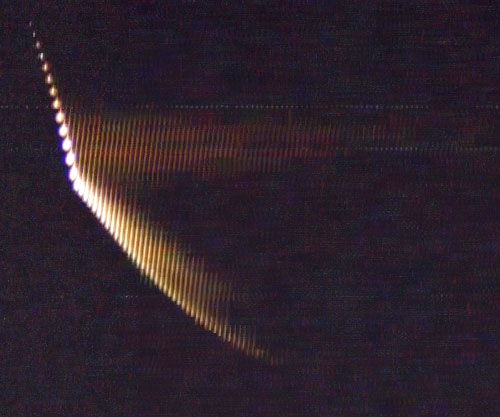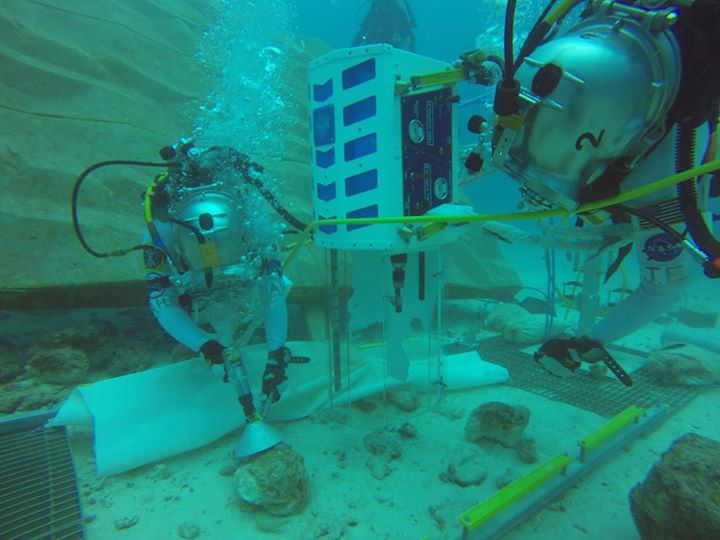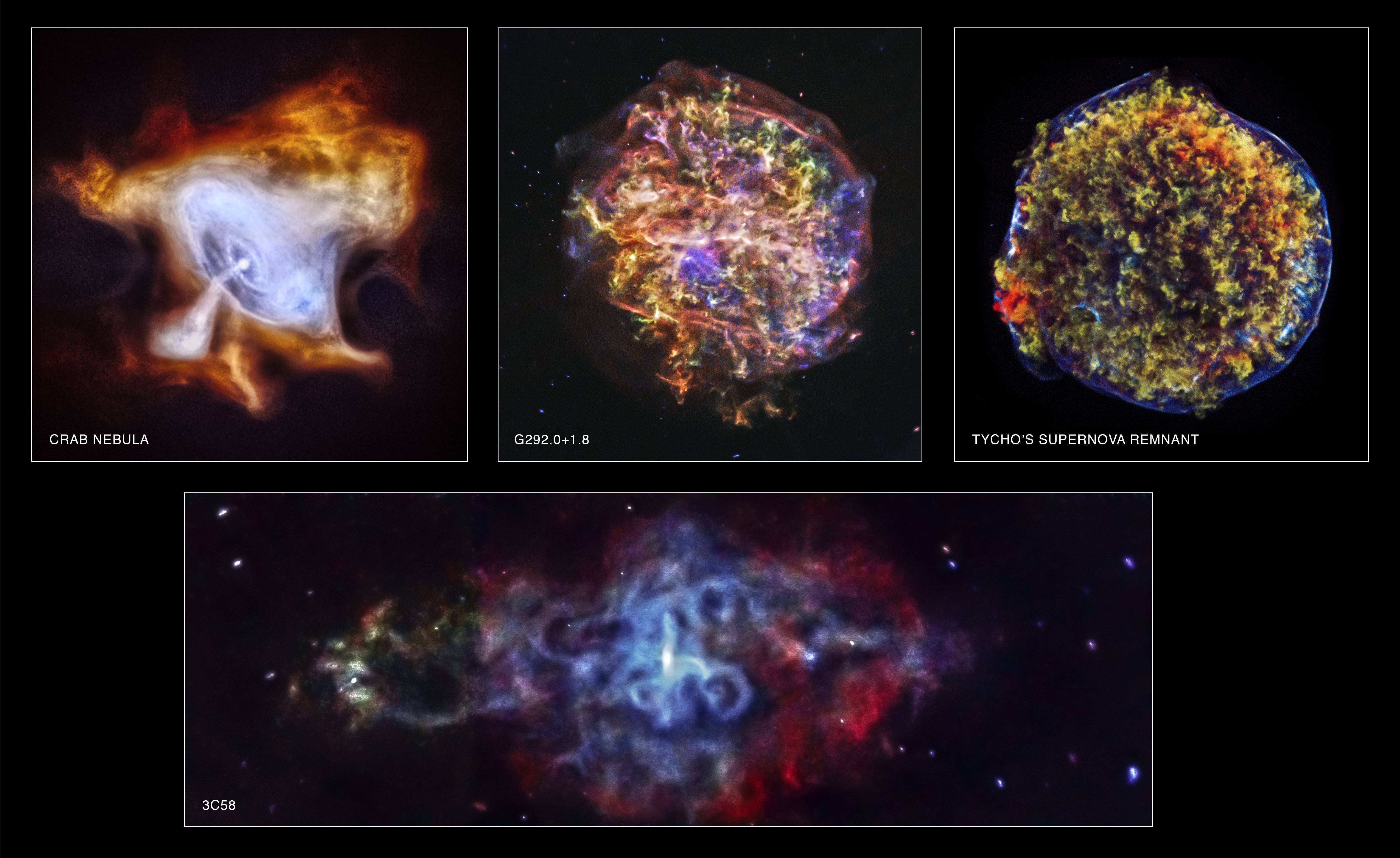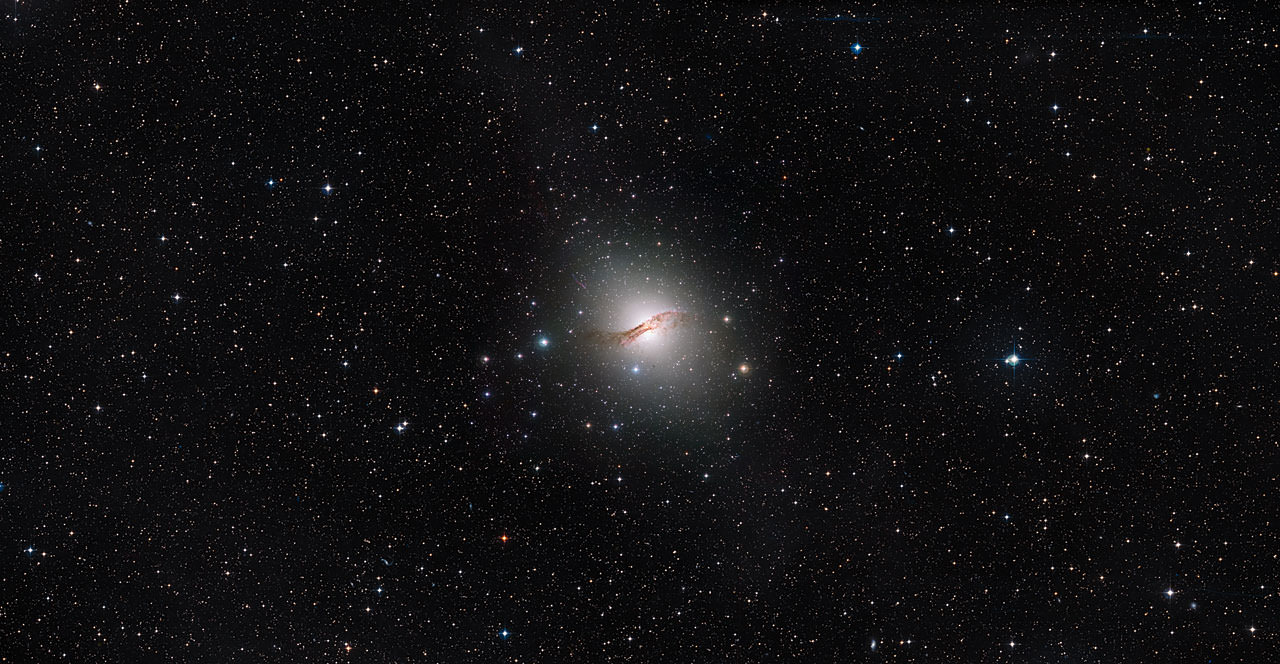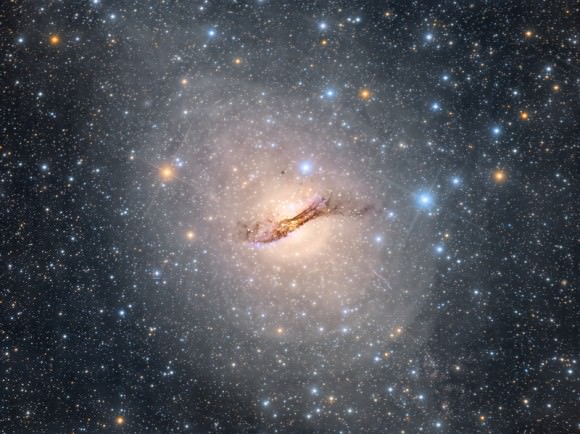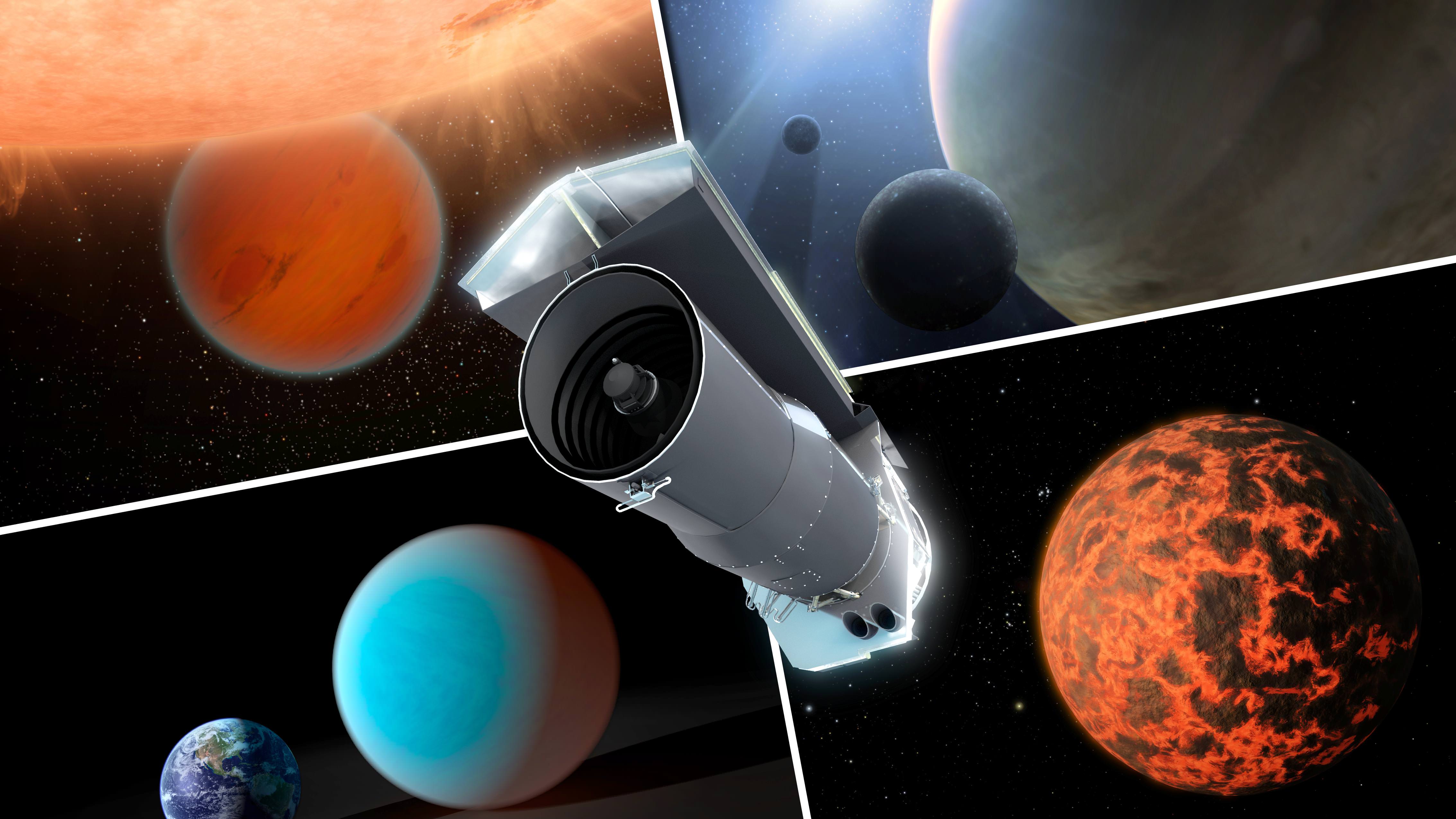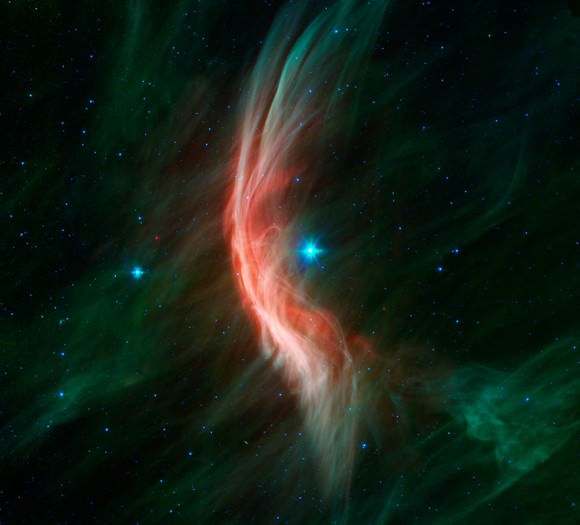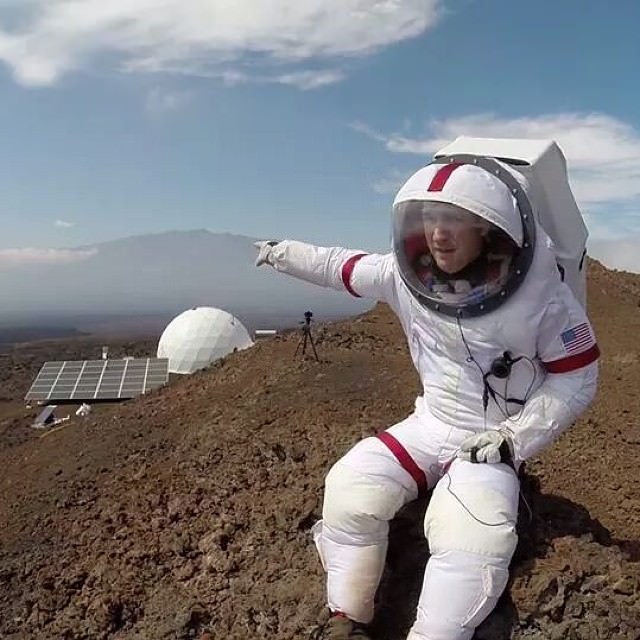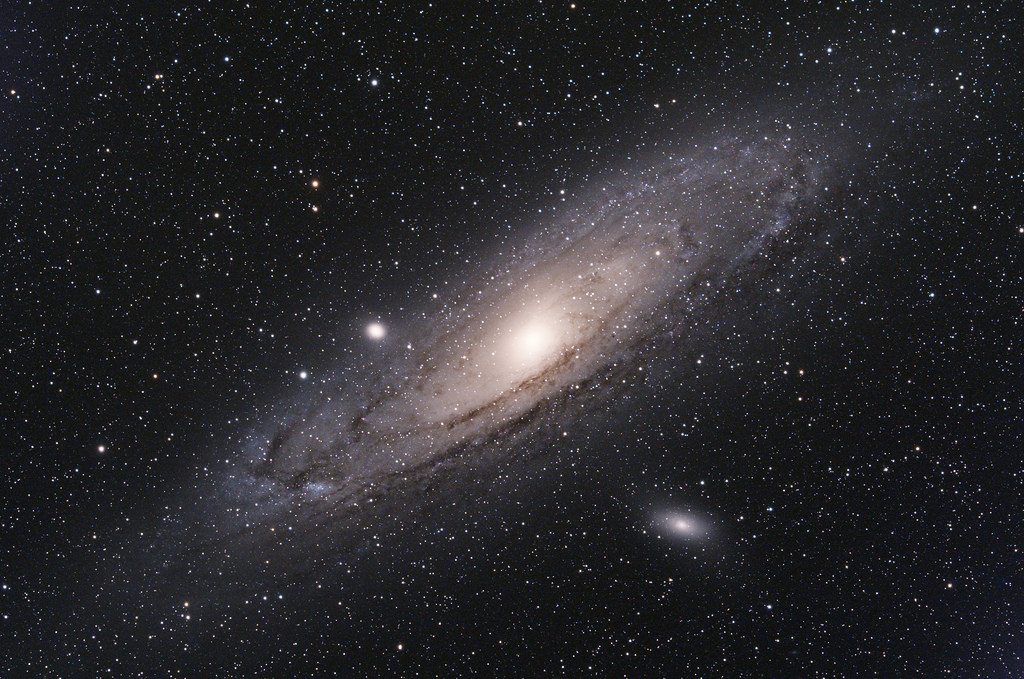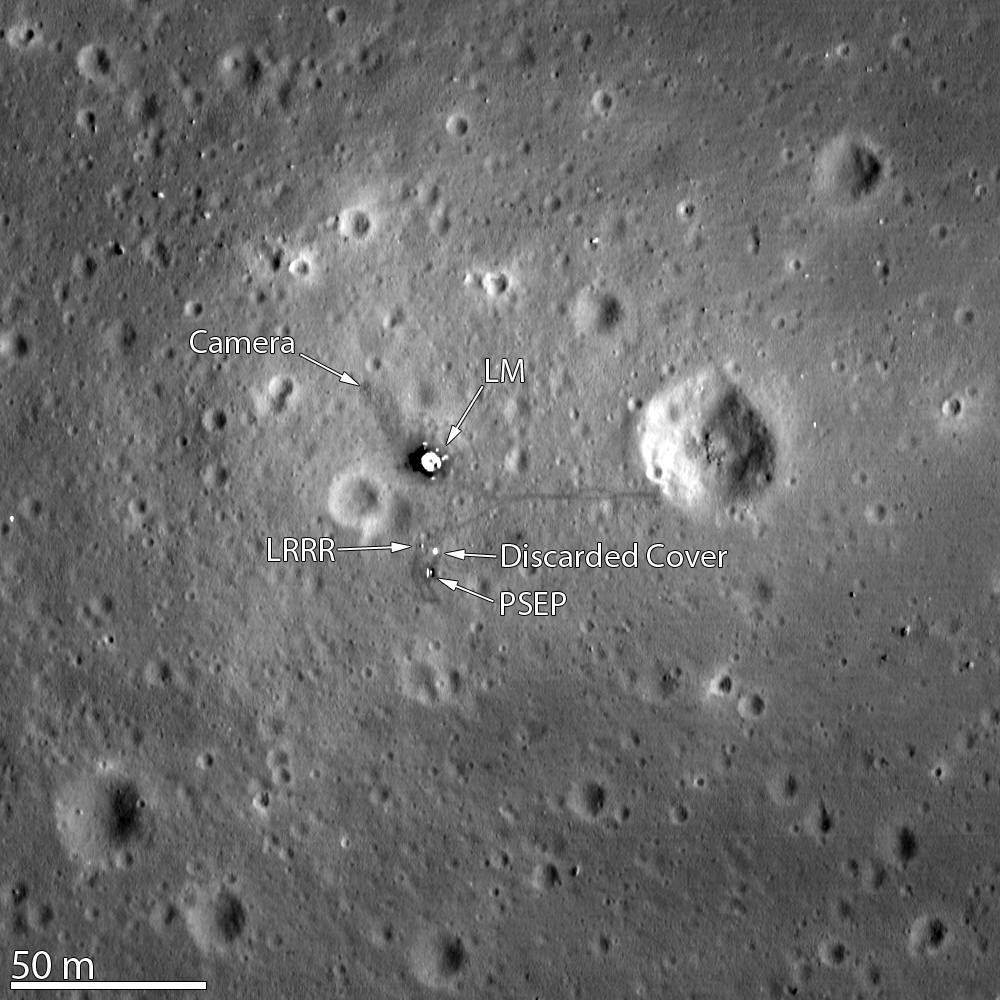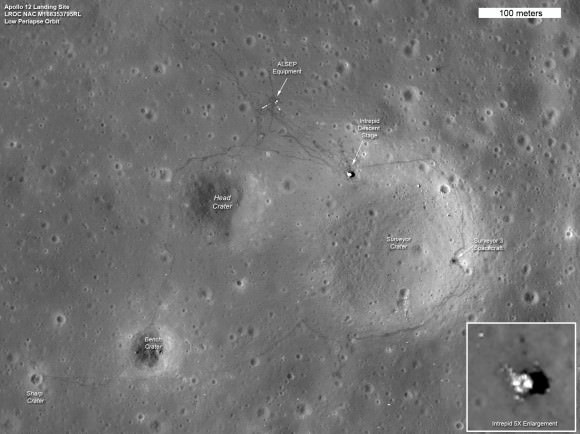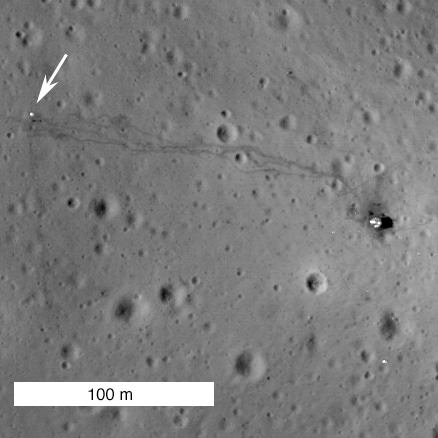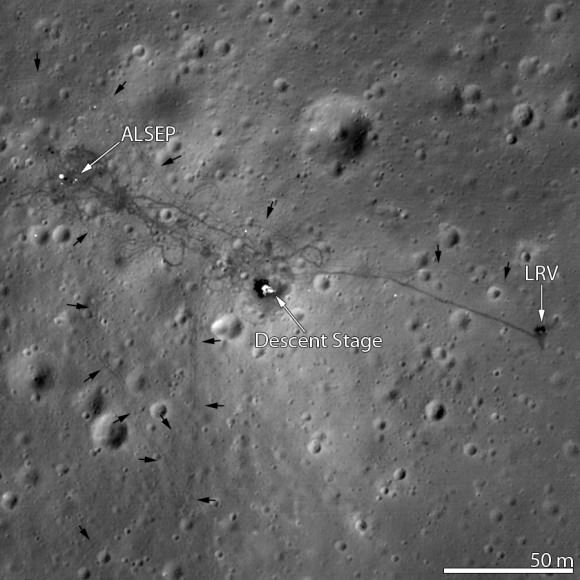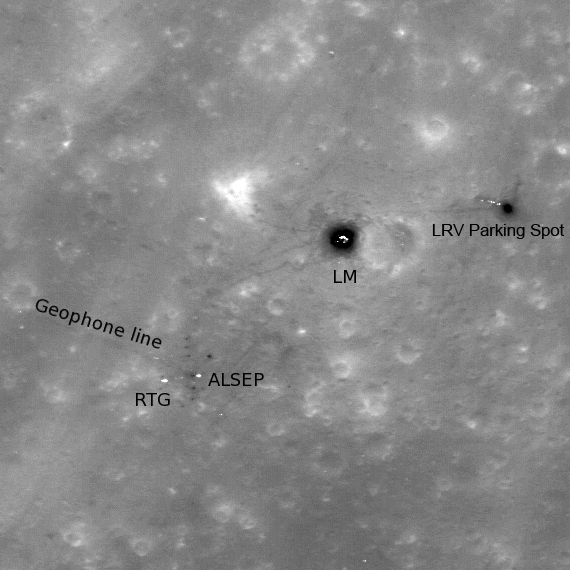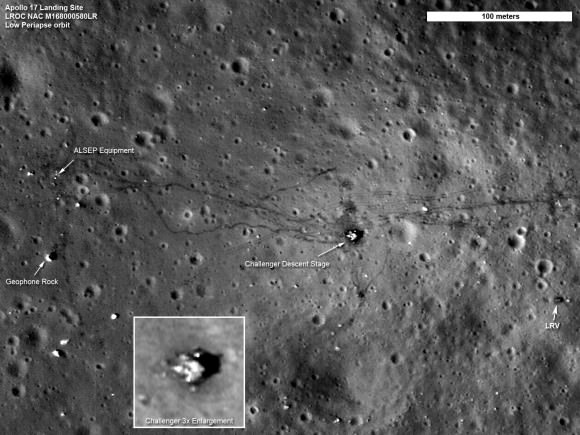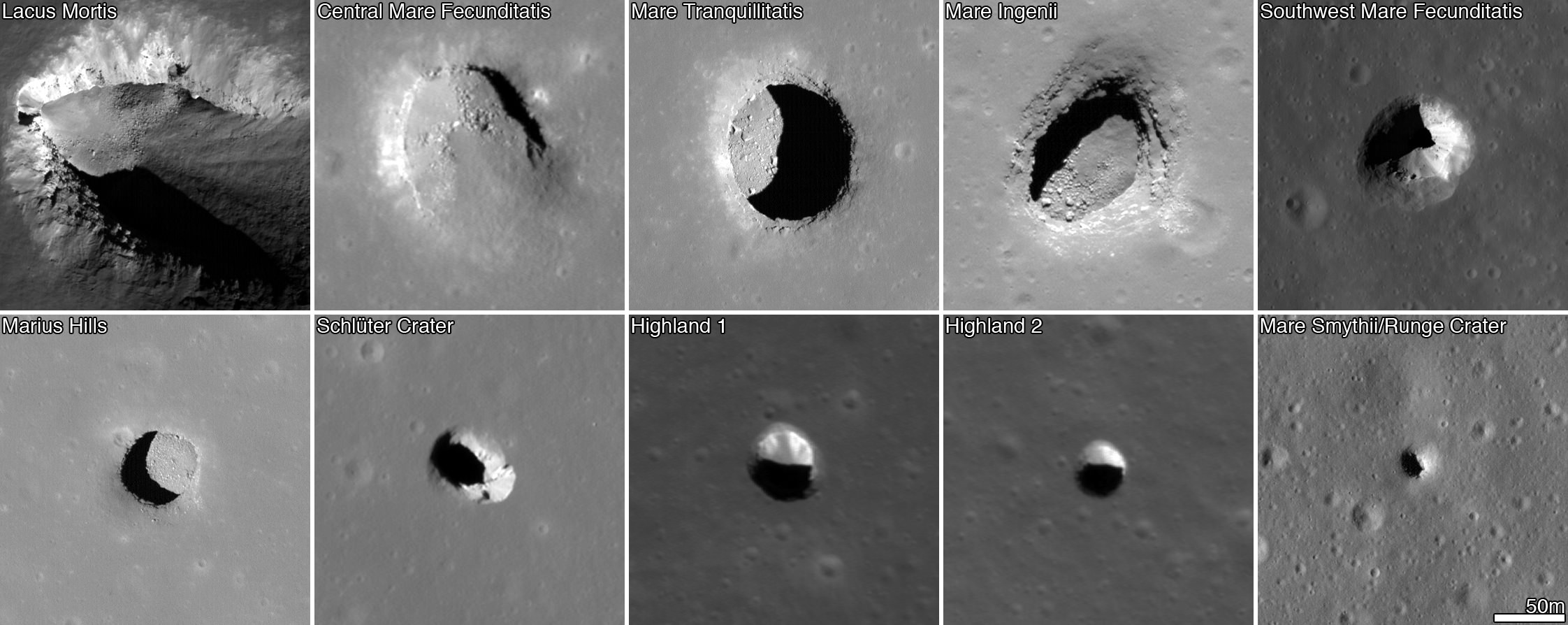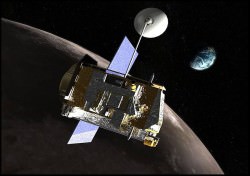It’s the final countdown for a hardy group of people who have been on “Mars” for the past four months. On Friday (July 25), the HI-SEAS crew will make their return after simulating Red Planet exploration in Hawaii. And you can bet there are certain things they are missing about the outside world, or “Earth”.
“I haven’t seen a tree, smelled the rain, heard a bird, or felt wind on my skin in four months,” said Casey Stedman, the commander of the latest Hawai’i-Space Exploration and Analog Simulation, said in a statement on Instagram’s blog yesterday (July 20). Added chief technologist Ross Lockwood, “We’ve basically been subsisting on mush. Flavorful mush, but mush nonetheless.”
Despite the sacrifices, there’s a certain excitement to doing four solid months of experiments and “spacewalks” and other Martian activities. Luckily for us, the crew has been liveblogging their adventures on social media! Below the jump is some of their best Instagram photos from the trip.
HI-SEAS aims to closely simulate Mars exploration. The University of Hawaii runs the site, and every field season volunteers apply to participate in the missions. The first mission took place in 2012 and lasted 118 days. This mission is taking place in the same location, high on the slope of the Mauna Loa volcano.
Besides Instagram, some of the crew members are also accessible on Twitter. You can follow them at @rosslockwood, @Space_Chicken_, @TSwarmer and @casey_stedman. You can also read more about HI-SEAS on its official site.
Edit, July 24: Angelo Vermeulen (the commander of the first HI-SEAS mission last year) has just opened an Instagram account of his own where he is uploading pictures of the mission.
Full disclosure: I am a classmate of Tiffany Swarmer’s in the Space Studies department at the University of North Dakota. She and the department have not asked me to write this article, nor were they aware of its publication before it went online.
Sunset over Maui from Mauna Loa, as seen from the #HISEAS habitat #Mars #Space #Hawaii #NASA #NoFilter
Chicken tortilla soup with freshly baked corn bread. #HISEAS
The #HISEAS crew learns about Hawaiian vulcanism during their geology field lessons
May the Fourth Be With You – From your #HISEAS crew.
The 3 Americans of the 2nd #HISEAS crew celebrate #IndependenceDay #Mars #Hawaii #Space #NASA
Commander @casey_stedman and I are heading out on a sample collecting EVA. #HISEAS
Volcanic tephra from Kilauea Iki eruption- could similar deposits be found on #Mars? #HISEAS #Planetary
Just a little reading to learn about the responsibilities of commanding a space mission #HISEAS #Spaceflight #Astronaut #Science #ISS #NASA
Fresh lettuce on sMars courtesy of Lucie Poulet (@Space_Chicken_)! #HISEAS
It’s a good day to record sMars’ first podcast. #HISEAS
Crew quarters inside of the#HISEAS habitat module
Multitasking at its finest. #HISEAS
Simulating an EVA during the #HISEAS analog mission #Mars #Hawaii #Space #NASA
sTent accomplished. #HISEAS
The things I put up while while out on EVA. #HISEAS
The Kilauea Caldera as seen by the #HISEAS crew during their geology field lessons in Hawaiian Volcanoes National Park

